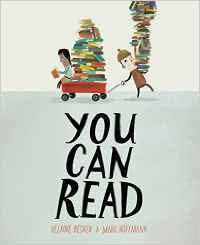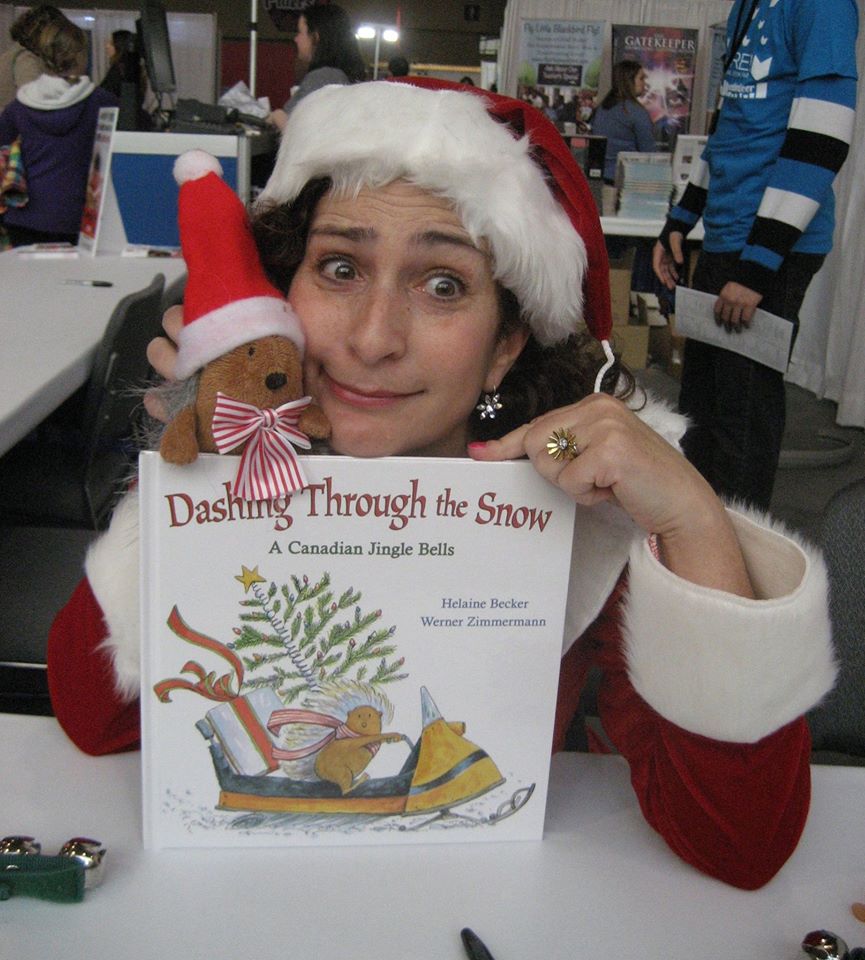My previous post highlighted Juba This, Juba That, my upcoming picture book. I've got another book coming out this Fall too - something completely different. It's a Young Adult thriller:
Trouble in the Hills was my first venture into adventure (pardon the terrible wordplay; I'm incorrigible). I'm delighted by what Christie Harkin, editor par excellence at Fitzhenry and Whiteside, has helped bring out in it! Our goal was riveting, edge-of-your-seat, page-turning, hold-your-breath, stay-up-til-2am storytelling. I think we did it. The cover is awesome, anyway.
My current challenge is figuring out how to do an equally exciting trailer on a dollar-store budget. Anyone out there have some cool video of a helicopter shooting at kids running across a BC ranch? What about exploding ATVs? (And that's just the first chapter....)
Please Visit My Website
Wednesday, July 27, 2011
Tuesday, July 26, 2011
The Roots of Juba This, Juba That in Black History
Is there anything more exciting than the arrival of a new book?
My advance copies of Juba This Juba That arrived last week. Ummmm...that new book smell......
The artwork by Ron Lightburn is fantastic, and double fun, the dust jacket reverses to a fabulous poster!
Here's my fave image from inside the book:
What's going on in this funhouse image, you may ask? To answer this question, we'll need to take a trip back in time - to Colonial America, to be exact.
The book originated in a family trip to Monticello, the home of Thomas Jefferson. There, the costumed staff were showing us how people lived in the 18th century. One staff member was grinding corn and singing a work chant. Its first verse went like this:
I'm not big on killing cats, but the rhythm of the chant, stuck with me. I kept hearing it in my head throughout the rest of that holiday, and especially on the long drive back to Toronto. No wonder the slaves chanted it to make the work go easier - it was hard to think of anything else once those lines were lodged in your head.
Back at home, I decided to do a little research on the chant to see how I might adapt it for a children's book. Catchy rhythms, after all, are great hooks in picture books for younger readers.
My first research foray on the web was disappointing. The versions of the chant I came across were universally violent and gruesome, or just plain unappealing for children. Not exactly kid-friendly in our era! But there were verses, too, that incorporated opposites (high/low, here/there). Those, I thought, could be the basis for something more contemporary.
If I wanted to turn Juba into a picture book, then, I'd have to do some serious alteration to the verses, not just a tidying up. But could I, should I, actually rewrite the verses? Part of me - the part that was a History Major at Duke - recoiled at the thought of altering historical texts. But the other, larger part of me thought that by doing so, the Juba chant could be revived for a new audience that would never hear it if the words remained unchanged. Can you imagine a jaunty kids' book making it to market if it talked of killing cats or cutting off a pigeon's wing?
Neither could I. So I got to work, writing new verses that were in keeping with the original ones, minus the ick factor.
But finger snappy verses do not a picture book make. I also dreamt up a magical story line that involved a boy, a cat, and a night time visit to a carnival, to tie everything together.
My book was born. I hope it honors the spirit of the creators of the original Juba This, Juba That chant. And I hope you like it.
For more on the origins of the Juba chant, go to the excellent website http://www.voicesacrosstime.org/come-all-ye/ti/2004/lessons/03_3-5_Michalsky.htm. It also incorporates teaching lessons for grades 3-5 based on the chant.
My advance copies of Juba This Juba That arrived last week. Ummmm...that new book smell......
The artwork by Ron Lightburn is fantastic, and double fun, the dust jacket reverses to a fabulous poster!
Here's my fave image from inside the book:
What's going on in this funhouse image, you may ask? To answer this question, we'll need to take a trip back in time - to Colonial America, to be exact.
The book originated in a family trip to Monticello, the home of Thomas Jefferson. There, the costumed staff were showing us how people lived in the 18th century. One staff member was grinding corn and singing a work chant. Its first verse went like this:
Juba This Juba That
Juba killed a yellow cat
Juba This Juba That
Juba Juba Juba Juba
I'm not big on killing cats, but the rhythm of the chant, stuck with me. I kept hearing it in my head throughout the rest of that holiday, and especially on the long drive back to Toronto. No wonder the slaves chanted it to make the work go easier - it was hard to think of anything else once those lines were lodged in your head.
Back at home, I decided to do a little research on the chant to see how I might adapt it for a children's book. Catchy rhythms, after all, are great hooks in picture books for younger readers.
My first research foray on the web was disappointing. The versions of the chant I came across were universally violent and gruesome, or just plain unappealing for children. Not exactly kid-friendly in our era! But there were verses, too, that incorporated opposites (high/low, here/there). Those, I thought, could be the basis for something more contemporary.
If I wanted to turn Juba into a picture book, then, I'd have to do some serious alteration to the verses, not just a tidying up. But could I, should I, actually rewrite the verses? Part of me - the part that was a History Major at Duke - recoiled at the thought of altering historical texts. But the other, larger part of me thought that by doing so, the Juba chant could be revived for a new audience that would never hear it if the words remained unchanged. Can you imagine a jaunty kids' book making it to market if it talked of killing cats or cutting off a pigeon's wing?
Neither could I. So I got to work, writing new verses that were in keeping with the original ones, minus the ick factor.
But finger snappy verses do not a picture book make. I also dreamt up a magical story line that involved a boy, a cat, and a night time visit to a carnival, to tie everything together.
My book was born. I hope it honors the spirit of the creators of the original Juba This, Juba That chant. And I hope you like it.
For more on the origins of the Juba chant, go to the excellent website http://www.voicesacrosstime.org/come-all-ye/ti/2004/lessons/03_3-5_Michalsky.htm. It also incorporates teaching lessons for grades 3-5 based on the chant.
Subscribe to:
Posts (Atom)







